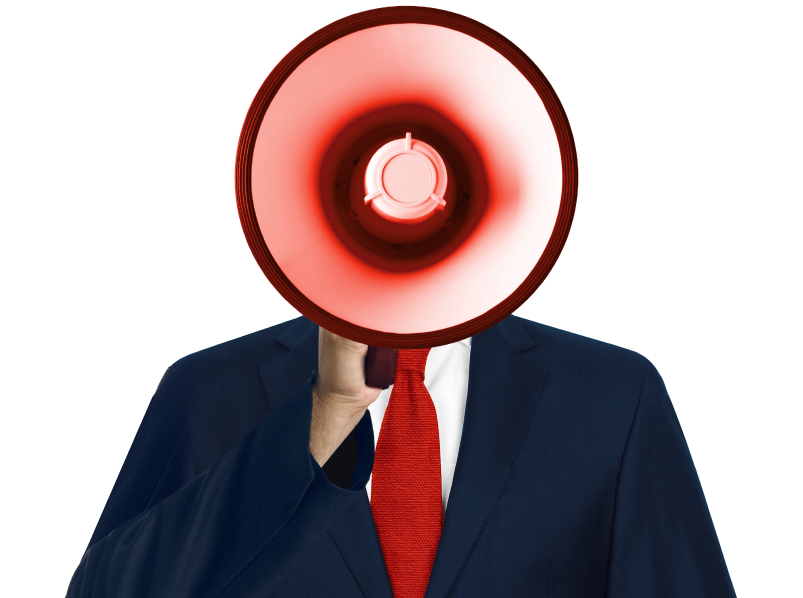The National Institute for Occupational Safety and Health has announced the winners of its Safe-in-Sound Excellence and Innovation in Hearing Loss Prevention Awards for 2016. The purpose of the Safe-in-Sound Awards is to identify and honor excellent, real-world examples of noise control and other hearing loss prevention practices and innovations. One of this year’s winners, 3M® Abrasive Systems Division in Alexandria, Virginia, showed that you don’t have to spend a lot of money to implement a successful noise control program.

|
Keep reading to find out how they did it.
Hearing Conservation vs. Noise Control
The 3M Alexandria facility had 199 workers enrolled in a hearing conservation program in 2011 and 27 different plant areas that were designated hearing conservation program areas. Between 2004 and 2011, the facility recorded multiple cases of noise-induced hearing loss.
The Occupational Safety and Health Administration (OSHA) requires that employers use administrative and engineering controls to the extent practicable to reduce noise levels—“noise control”—before implementing a hearing conservation program. 3M had complied with the OSHA standard in implementing its hearing conservation program; however, despite the investment in hearing protection devices, annual audiograms, and other measures, workers were still suffering noise-induced hearing loss. So the company revisited its program. What if, the company asked, we could reduce noise exposures by controlling noise sources, thus reducing the incidence of noise-induced hearing loss and reducing the costs associated with a hearing conservation program that covers 199 workers?
Properly Characterizing Exposures
When 3M began looking at its program, the company first noticed that it had declared many areas “hearing conservation areas” based on a very conservative “blanket” policy and area measurements taken with a sound level meter. This policy had led to “overclassification” in some areas that probably didn’t need hearing conservation programs, leaving workers in other areas overexposed to noise. In addition, it was difficult to classify employees individually based on their exposure because many workers moved among different departments during their shifts—but only limited personal noise dosimetry had been done.
To properly characterize worker exposures, 3M performed personal noise dosimetry for each employee potentially exposed to damaging levels of occupational noise. Personal noise dosimetry is the most expensive method of classifying worker noise exposures, but in this case, the accuracy of personal noise dosimetry enabled the company to more carefully target its hearing conservation program.
3M prioritized its noise dosimetry by starting in areas that were designated “hearing conservation areas” where no personal measurements had been made in the past. Next, the employer looked at areas that were considered to be the highest risk. Noise dosimetry was conducted for the duration of an 8-hour shift, but exposures were calculated for 8-, 10-, and 12-hour shifts to account for overtime. In all, 950 samples were collected, covering more than 60 different job tasks. By this method, 3M created a more accurate assessment of worker exposure to potentially hazardous noise than it had used in the past.
Based on this careful assessment of worker exposures, 3M was able to remove some workers from the hearing conservation program—eliminating the need to perform annual audiograms and keep records on those workers. But the program was only beginning. The accurate characterization of worker exposures, although more expensive up front, enabled 3M to implement targeted noise reduction strategies, some of which involved no direct cost, to remove even more workers from the hearing conservation program.
Tomorrow we’ll look at how they did it.
